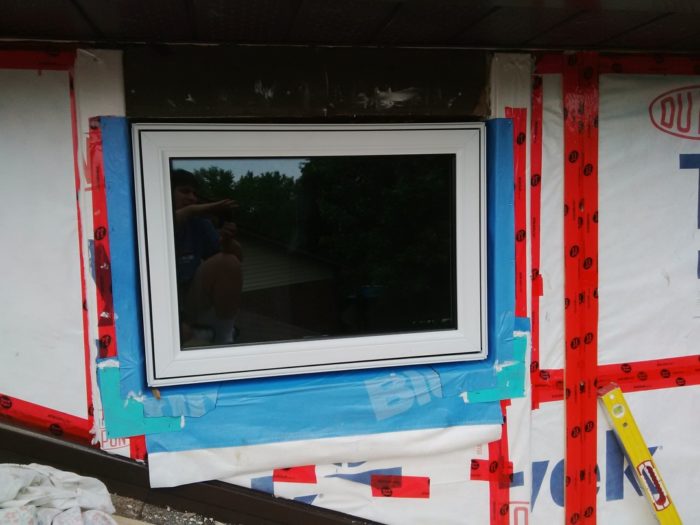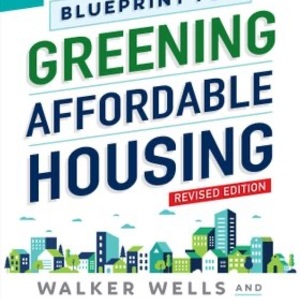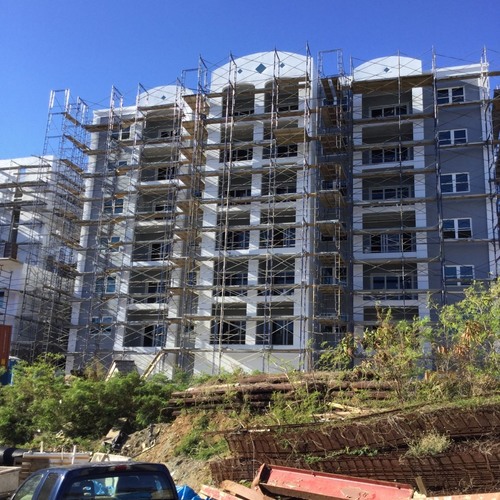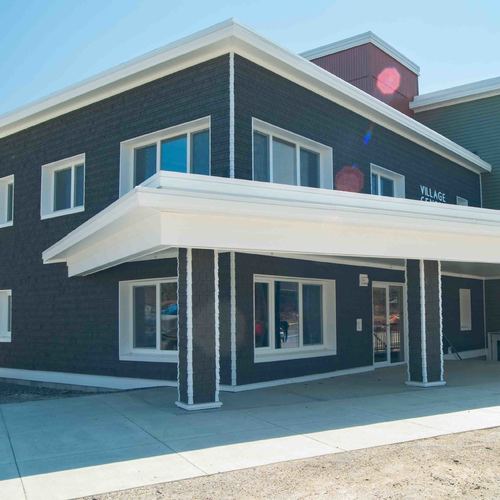I recently learned that in Georgia, as well as much of the rest of the country, Low Income Housing Tax Credits (LIHTC), the fuel that drives much of the affordable housing industry, strongly encourages green building certification for projects that obtain these credits. Without this connection to tax credits, we would see many fewer certified green homes and apartments, and these affordable developers would not be the leaders in green building that they are today.
Realizing that this segment of the housing industry is one of the few seeing much action, I recently attended the annual conference of the Georgia Affordable Housing Coalition (GAHC) in beautiful and historic Savannah.
Funny money?
I met a lot of great people at the conference and learned more than I wanted to know about the financing of affordable housing deals. Being a sticks-and-bricks kind of guy, I never paid much attention to the intricacies of project financing, and more specifically, the role that tax credits play.
The beginning of my education on the subject started with a casual conversation about power company rebates for multifamily projects. I was chatting with a developer and mentioned that a project I was looking at was eligible for about $300,000 in rebates for energy-efficiency improvements. His response was, “How does it affect his basis?”
Being a logical, straightforward sort of person, it never occurred to me that getting cash rebates for building renovations could somehow not be desirable. But I was mistaken. It seems that the tax credits on affordable projects are based on the depreciable basis in a project and they are available for a ten-year period following construction. Developers can use these credits to offset income, or if they are non-profits, they sell them to other entities for cash. In some cases, it is better to not receive rebates and other incentives as they may have less value than the tax credits they displace. There are apparently teams of accountants and consultants that run these numbers for developers, helping them figure out the best way to maximize their profits.
More green building knowledge needed
OK, enough high finance for me. What really struck me at the conference was that even though almost everyone there was involved in green building through having projects certified, there was remarkably little in-depth knowledge of the subject.
While I consider myself pretty knowledgeable on the subject, at most conferences I find myself somewhere in the middle of the green building knowledge spectrum. At this event, I was pretty much the only expert in the crowd, something I found both fun and frightening.
One panel on green building included a construction manager who was clearly out of his element on the subject. He made several incorrect and misleading statements about various insulation products, leading me to speak up and clarify his points for the audience. He really got my back up by pointing out that fiberglass batts are so much less expensive than spray foam that it’s hard to justify the extra expense. When I pointed out that when you look at overall building performance, and the work required to get different insulation products to perform to equivalent levels, then the costs are much closer, there was, thankfully, acknowledgment that first costs are not the only factor to consider.
Strutting my own stuff
I was on a panel with a geothermal contractor, a large PV installer, an architect, and a representative of a local affordable housing agency. Most of the questions involved the complexity of making PV and geothermal work on affordable projects, how the incentives affected their basis, and net metering and feed-in tariff issues.
I was given an opportunity to rant a little, and as I wrapped up my points on existing buildings, suggesting that implementing measures like retrofitting wall insulation, window replacement, and HVAC equipment replacement without first improving ductwork were generally bad strategies (in the South at least), the moderator cheerily thanked me for contradicting everything they had learned in their careers.
At this conference I learned quite a bit about how the affordable housing industry works, met lots of nice people, and made many good contacts that may lead to some future work. It is encouraging that so much affordable housing is certified green, and even though they are not necessarily the most knowledgeable green builders, they are certainly helping move the industry forward while providing healthy and efficient housing for our most needy citizens.
Weekly Newsletter
Get building science and energy efficiency advice, plus special offers, in your inbox.
















3 Comments
new website needed
Carl,
You've given me a glimpse of the underbelly of financial rules and development ecomonics. I have no concept how these things work but think that they are 99% responsible for the results of our built environment.
How to build well is easy. How to finance building well is the challenge.
I think we need a new website:
BuildingGreenFinancingAdvisor.com
New website
While that handles the supply side of websites, you still have to get consumers on board. Since a lot of people enjoy looking at luxury homes, homes of celebrities, and watching home improvement shows, I suggest the following:
Greenluxuryhomes.com
LuxuryGreenbuildingadvisor.com
and the following tv shows:
This Green New house (to be fair, this show does cover green issues fairly regularly)
Green Holmes Inspection
Green House Hunters International
Green House Crashers
Divine Design in Green
Green Standards/Energy Efficiency Rebates and LIHTCs
For the last couple of years, the State of Connecticut has shared with the State of Georgia the distinction of having the country's "greenest" Qualified Action Plans (QAPs) - the competitive guidelines used by individual states to award LIHTCs) - according to an annual survey conducted by Global Green USA. Connecticut, and other states, attach design and construction standards to their QAPs. It is my understanding that, since Energy Efficiency Rebates are calculated in the design phase, and need to be confirmed by testing near the completion of construction, they are not considered to be part of the total project budget. However, they can be acknowledged by the development team, and project betterments can be planned for their use. The additional sources and uses can be tracked by change orders during construction, and as long as they balance, a budget modification prior to final cost certification can prevent a loss of tax credits.
CHFA Global Green Announcement:
[http://www.chfa.org/content/CHFA%20Document%20Library/2010%20Global%20Green%20announcement%20and%20report.pdf]
CHFA Standards of Design and Construction and Capital Improvement Guidelines:
[http://www.hrfa.org/content/Multifamily%20Document%20Library/2011Standand%20CIG%20_122010.pdf]
Log in or create an account to post a comment.
Sign up Log in